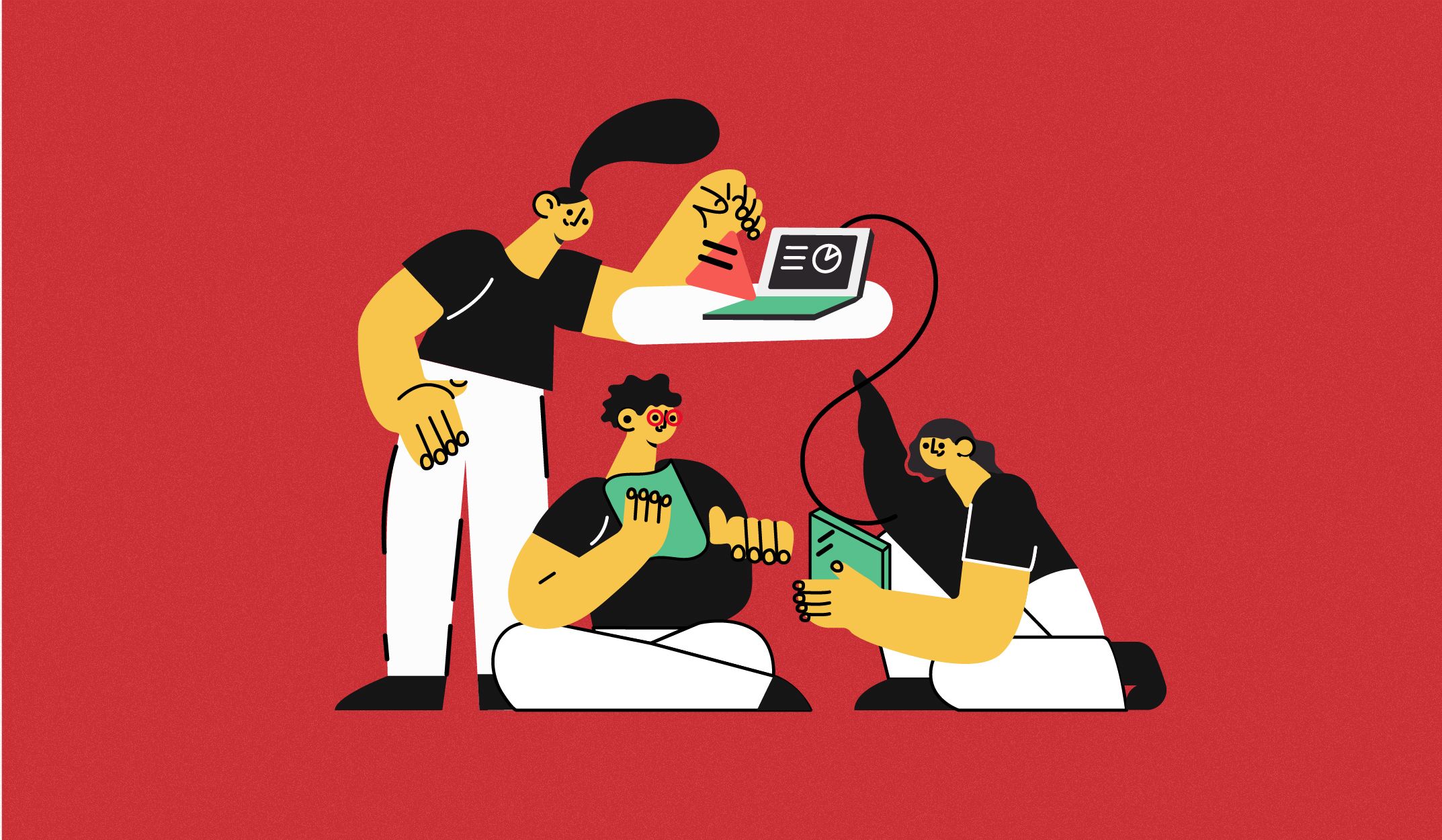- Digital Media Products, Strategy and Innovation by Kevin Anderson
- Posts
- Data day: Daily Beast's Choice of KPI and Buzzfeed's Creator Score
Data day: Daily Beast's Choice of KPI and Buzzfeed's Creator Score
Adam Tinworth asks whether Substack's crowd investing round bodes ill for newsletters

Media companies are finding that they need to re-organise to meet some of the challenges of rapidly changing digital markets. Some of the goals of these re-organisations are to develop and deliver new digital products more quickly, to grow subscriptions or revenue, or in one of the cases in our first article this week to better use first-party data and break down business silos.
The Daily Beast is one of the publishers covered, and like so any publishers, they are looking how to build revenue beyond the plateau of subscriptions, that point where they have converted a certain percentage and struggle with more. That's why I'm seeing so many pieces this year about capturing value across all levels of engagement.
They also summarised how Forbes reorganised to break down silos in their business operations. The thread the ties together both case studies is the use of date and the choice of KPIs. Do you choose long-term or lifetime value or average revenue per user? I'd love to hear from folks who have been through these discussions.
Data is the new gold, and whether it is the Daily Beast, Forbes or the Independent, businesses are leveraging data to improve their business or in the case of Buzzfeed develop a KPI that they think can help them generate revenue. They hope that their creator score will make them more attractive to advertisers.
This feels a bit like a chicken-and-egg problem to me. Are Facebook users less news in their feeds because they aren't interested or are they seeing less news in their feeds because of a self-reinforcing mechanism where the company's algorithm's have demoted news in their feeds? I know from the analytics that I have seen and have had access to that while Facebook remains the top social referral for many publishers that its share of referrals has dropped by mid-double-digits over the last few years.
And the reason for this report is that Facebook is facing legislation in several countries to either compel it to share revenue or open up the platforms to anti-trust (anti-competition for my European friends) scrutiny.
Substack's crowd investment round definitely had wildly different interpretations last week. The Verge asked how much money the newsletter (or creator) platform lost last year that would cause it to go hat in hand to its user base. And now UK media blogger and professor Adam Tinworth asks if Substack's crowd investment round is a sign of larger problems for newsletters as a format.
My take is that newsletters remain a powerful engagement tool for publishers, but like all formats, there is a lot of competition for attention.
NPR laid off 10% of its staff and shuttered four podcasts after corporate support has gone soft as the US economy has slowed. Bloomberg has messages from an all-hands meeting in which the CEO tried to explain the cuts. It shows the challenges of management in US public media (or more broadly in non-profit media).
During my master's degree, I wrote a paper for my strategic management course on PBS, the US public television broadcaster, and I read Sharon Oster's book on non-profit management. Employees of non-profits accept certain trade-offs for working for the lower pay in non-profits. They are mission-driven, and they accept lower pay to contribute to the mission. However, they also assume a higher level of stakeholding than at for-profit companies. This piece is a good example of that.
Today's Drama at Twitter
It's another drama-filled day at Elon Musk's Twitter. Musk is now rolling out a pay-to-verify system at Twitter, and news organisation and President Biden's White House are resisting the effort to force them to pay to verify who they are. Musk got into a bit of spat with the New York Times over the weekend. Sigh. How juvenile.
Poynter has a piece about why it's time for journalists to leave the platform. The piece makes a lot of good points but also misses a few points. Twitter became the defacto virtual water cooler and networking tool for journalists, even if apart from politics and sports, it drove relatively low amount of traffic back to news sites. But the piece underestimates how many journalists built a profile with their peers and therefore networked for their next job. That is what was attractive for journalists, and for a lot of journalists under pressure financially (as much as their publications), it was a way for them to climb the professional ladder and increase their income.








